Ingapirca – An Inca’s Face And Two Civilizations Living Together In Harmony
Ingapirca is a 66km/2.5 hour bus ride away from Cuenca. It’s a popular day trip for visitors as it gives some insight into the former inhabitants of this land, though many of the descendants of the Ingapirca builders still live in the surrounding areas.
The pre-Columbian site was built on top of a previous Cañari settlement by the Cañaris for the Incas. The two civilizations lived peacefully together. I learned there that the language of many indigenous groups in Ecuador (though not the Tsachilas) is Kichwa a while ago. But at Ingapirca I found out that Kichwa is Quechua, the descendent language of the Incas spoken heavily in Peru and Bolivia, mixed with Cañari, the local language of the pre-Inca invasion.
The site is called Ecuador’s Machu Pichu. I haven’t been to the real Machu Pichu yet, but I’d have to imagine the comparison isn’t very apt.
The site has some interesting things to offer. Below you’ll see a big rock with holes in it. The Incas used it as a moon calendar. Somehow, based on the reflections when water is in the holes, they could know what lunar cycle it was. They used this information to know when to plant crops.
Otherwise, pictures below.
- Ingapirca Ruins
- Ingapirca Ruins
- Ingapirca Ruins
- Ingapirca Ruins
- Ingapirca Ruins
- Ingapirca Ruins
- Ingapirca Ruins
- Ingapirca Ruins
- Ingapirca Ruins
- Ingapirca Ruins
Since I went on a Sunday, there was only a short bus service offered and I didn’t have time to explore a couple other areas. But I did get a chance to see the Inca’s Face. Below you can see the a cliff that features an Inca’s face. If it’s hard to see, I put mine next to his to make it clearer!


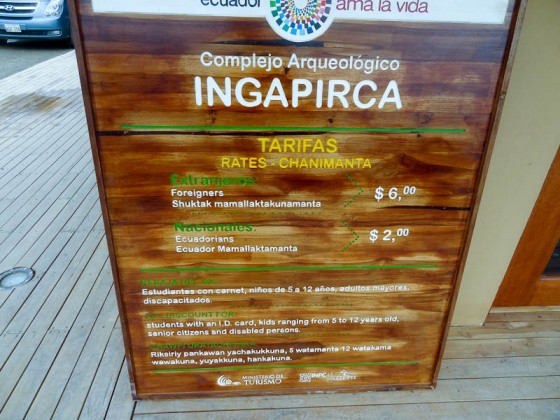
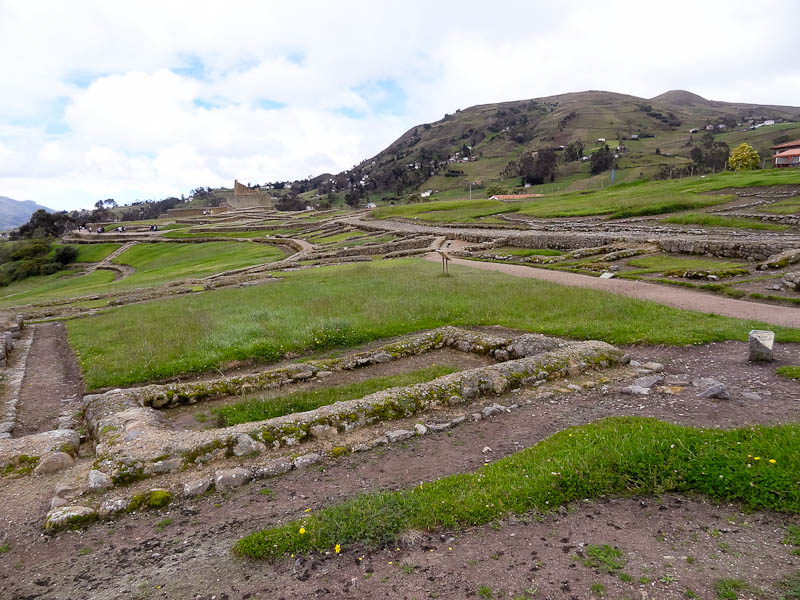
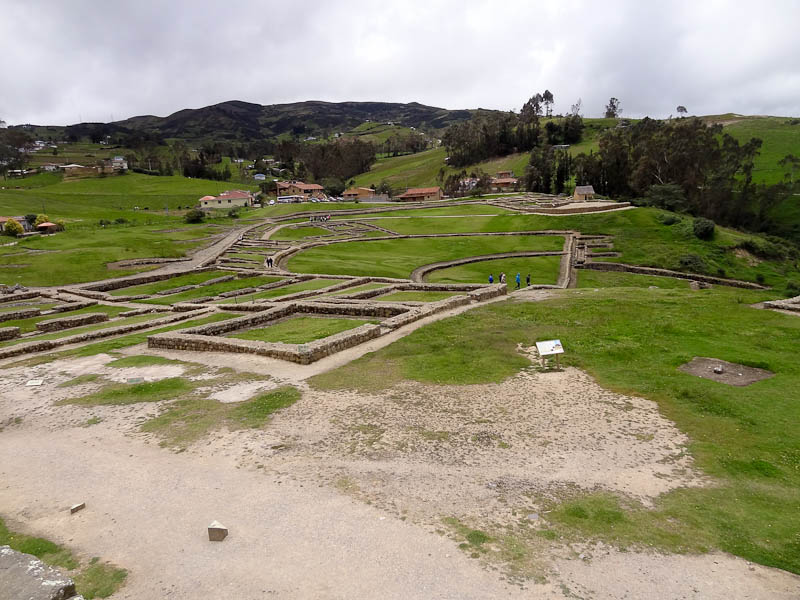
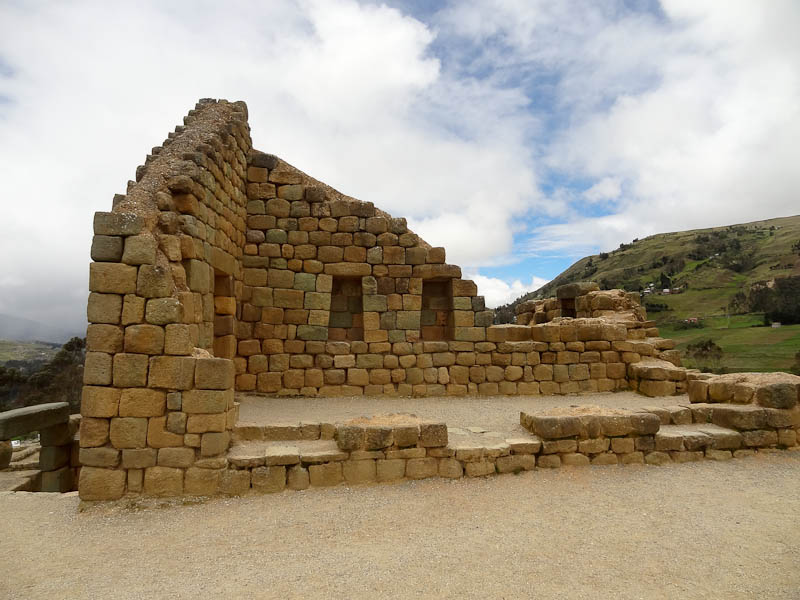
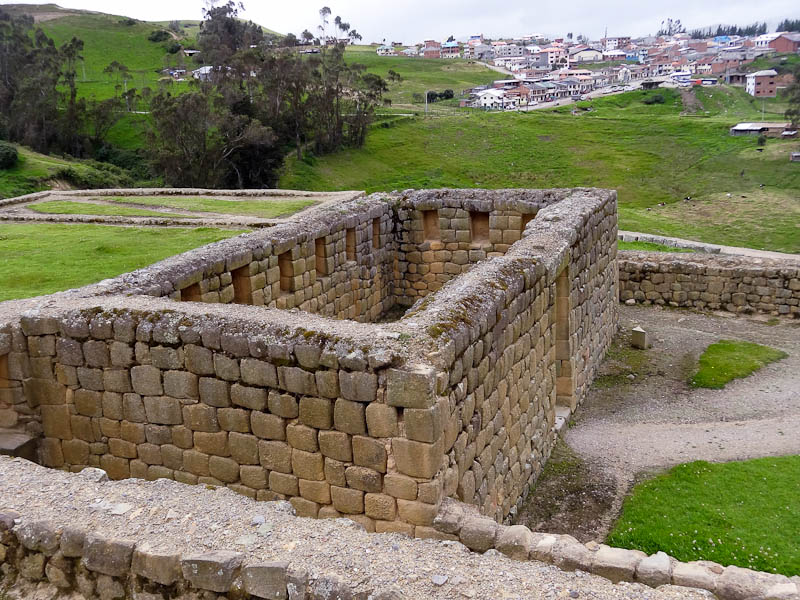
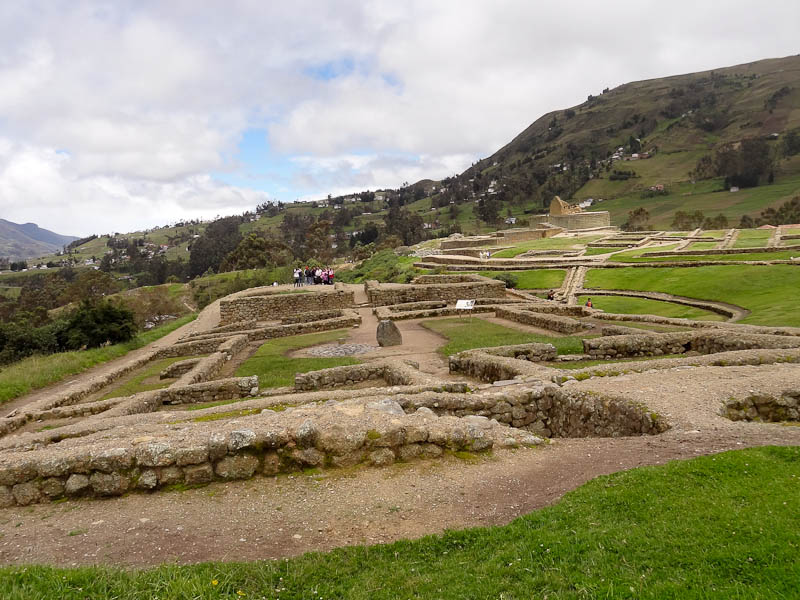
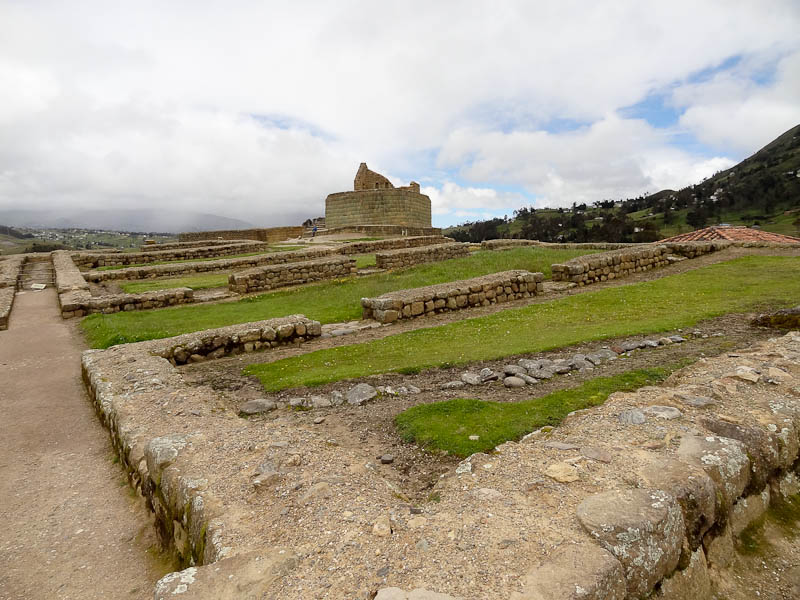
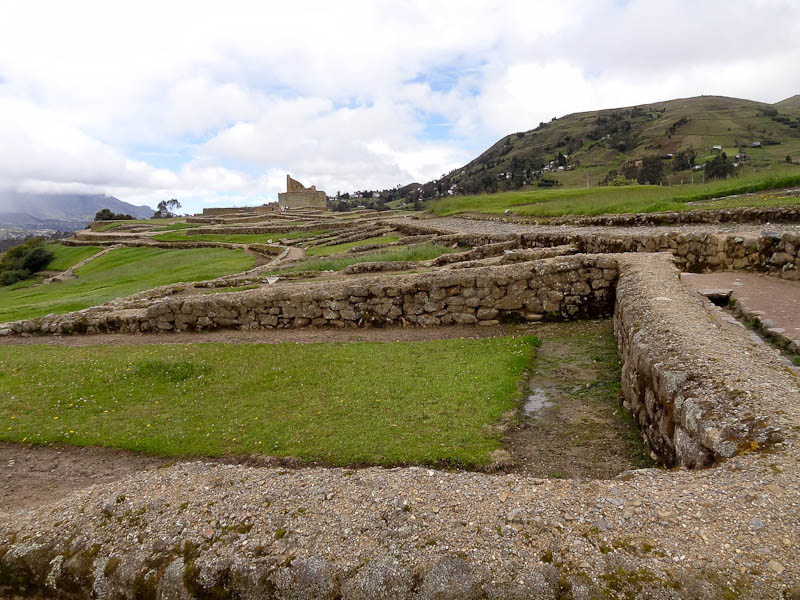
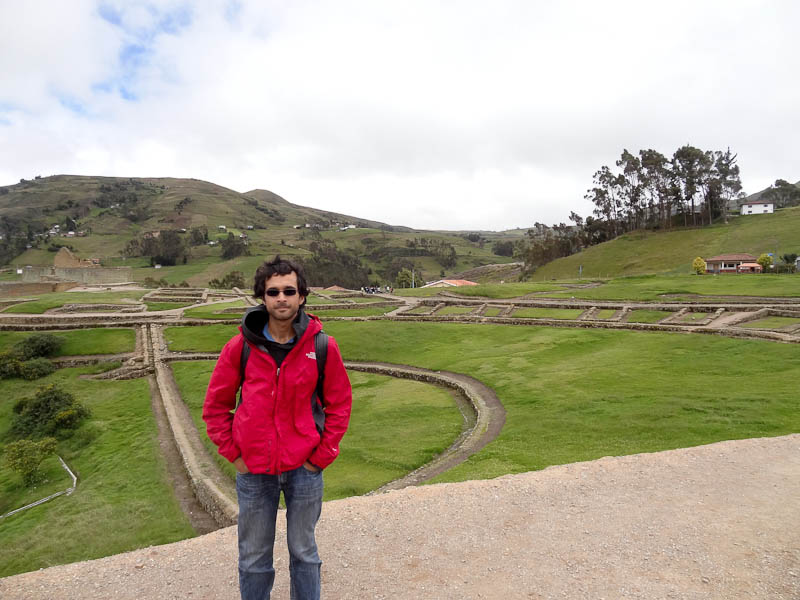
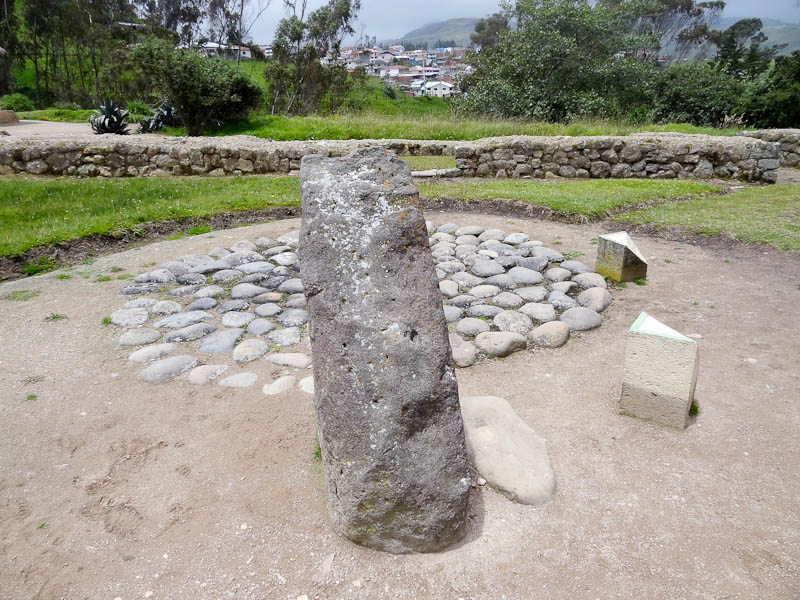
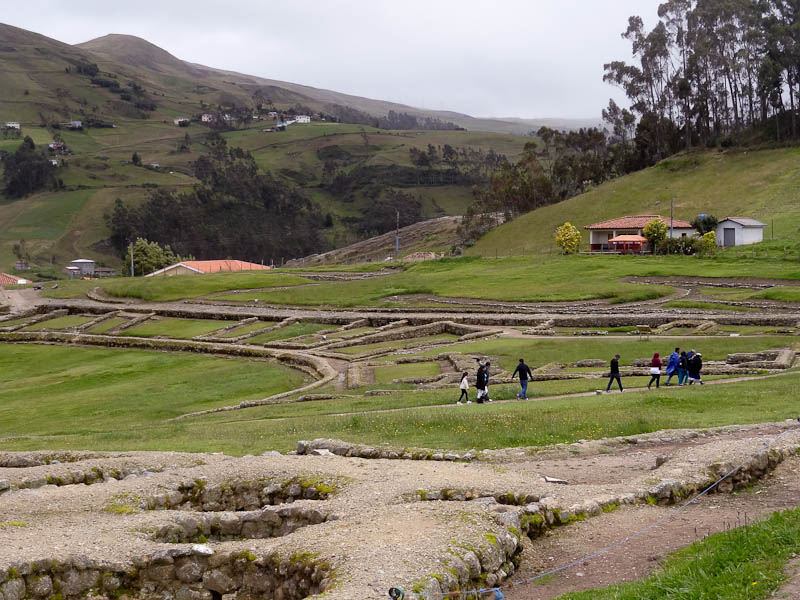
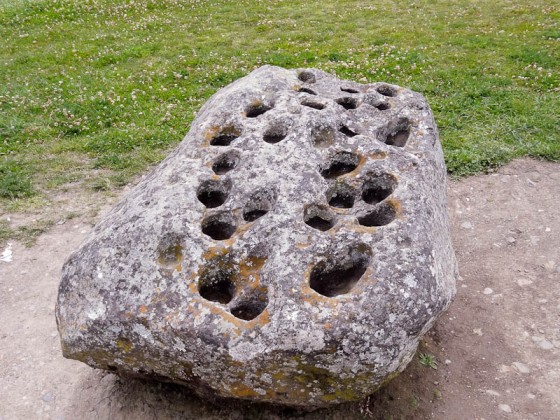
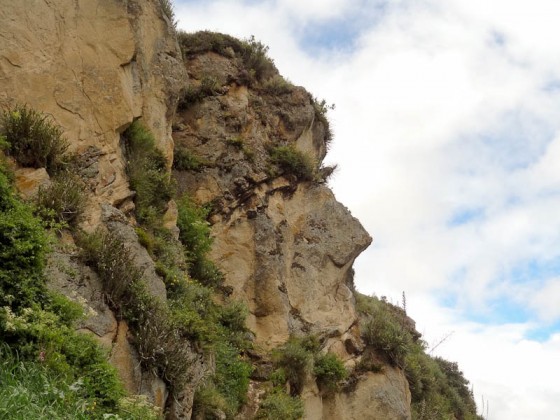
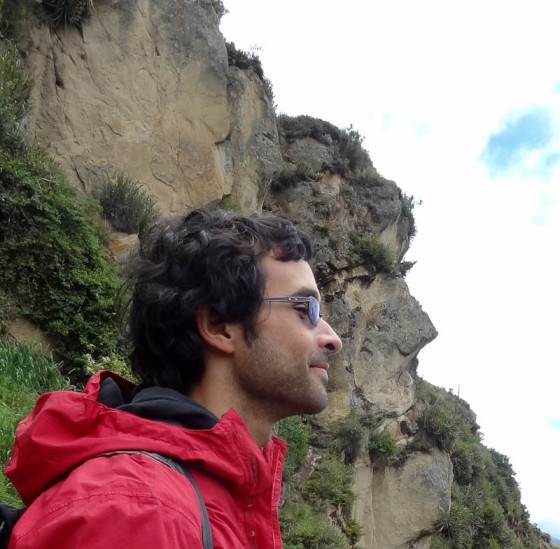
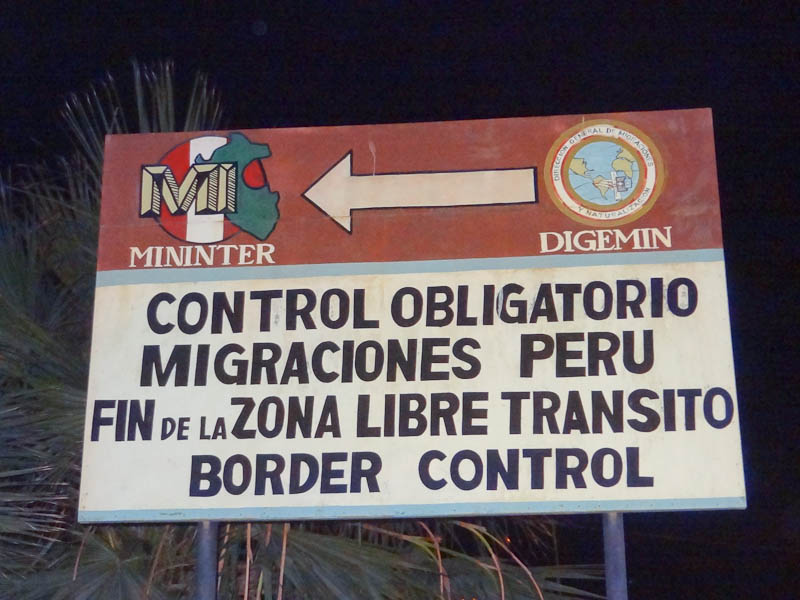






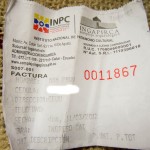
I wanted to make a small correction. The lunar calendar was the Cañaris, they worshipped the moon goddess and the Incan worshipped the sun god. This is where a lot of ties came to be.